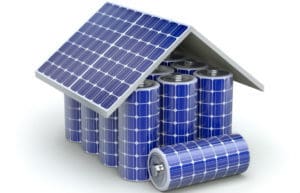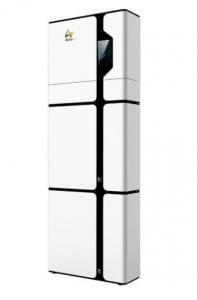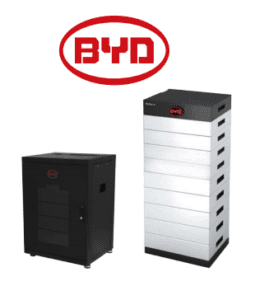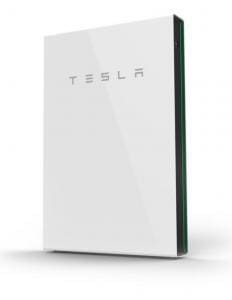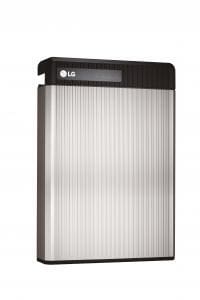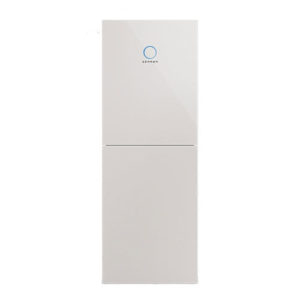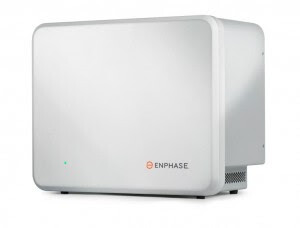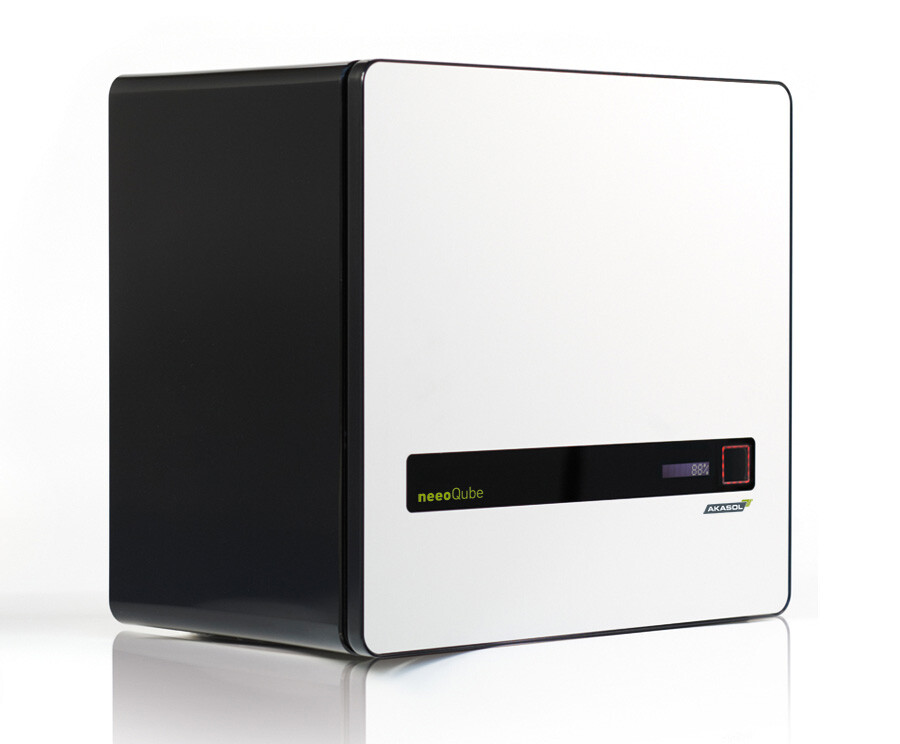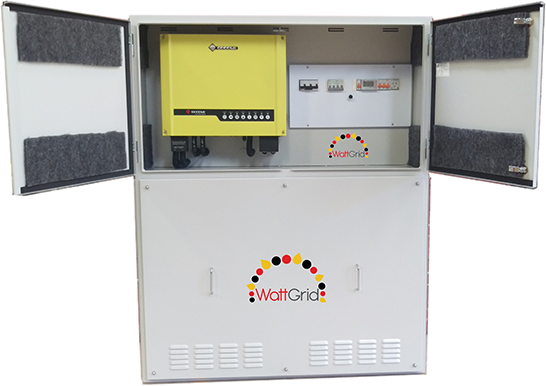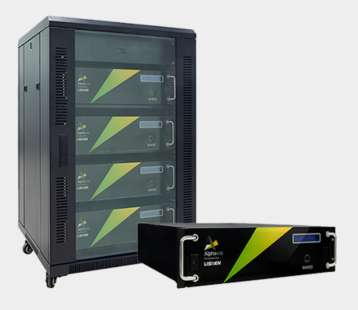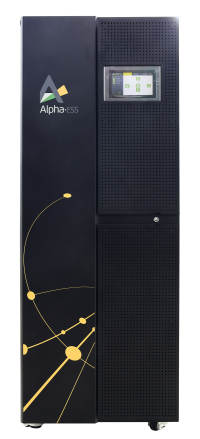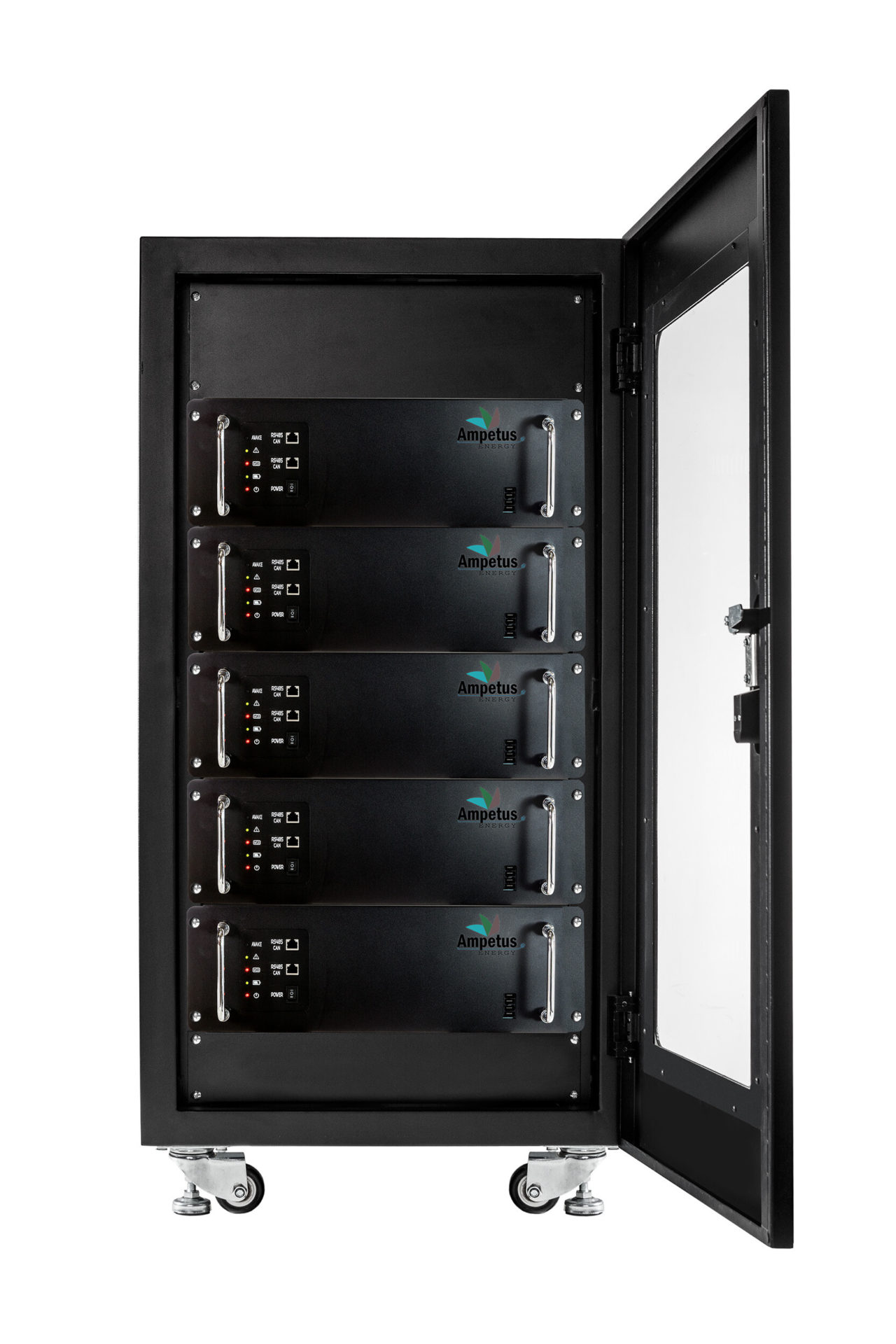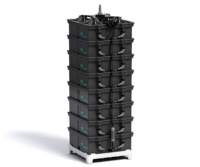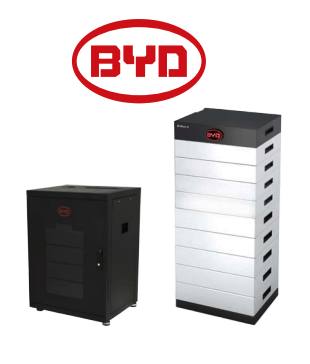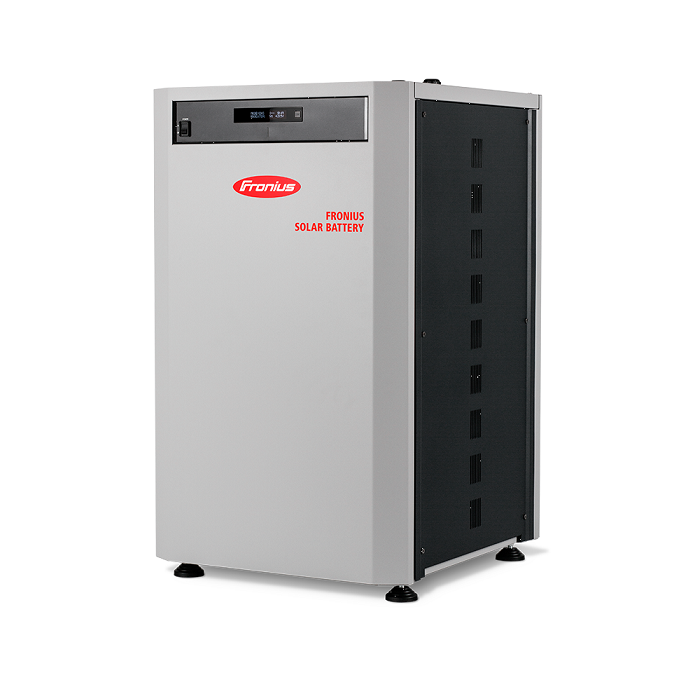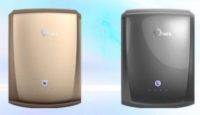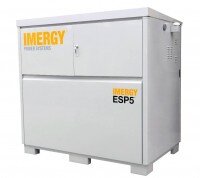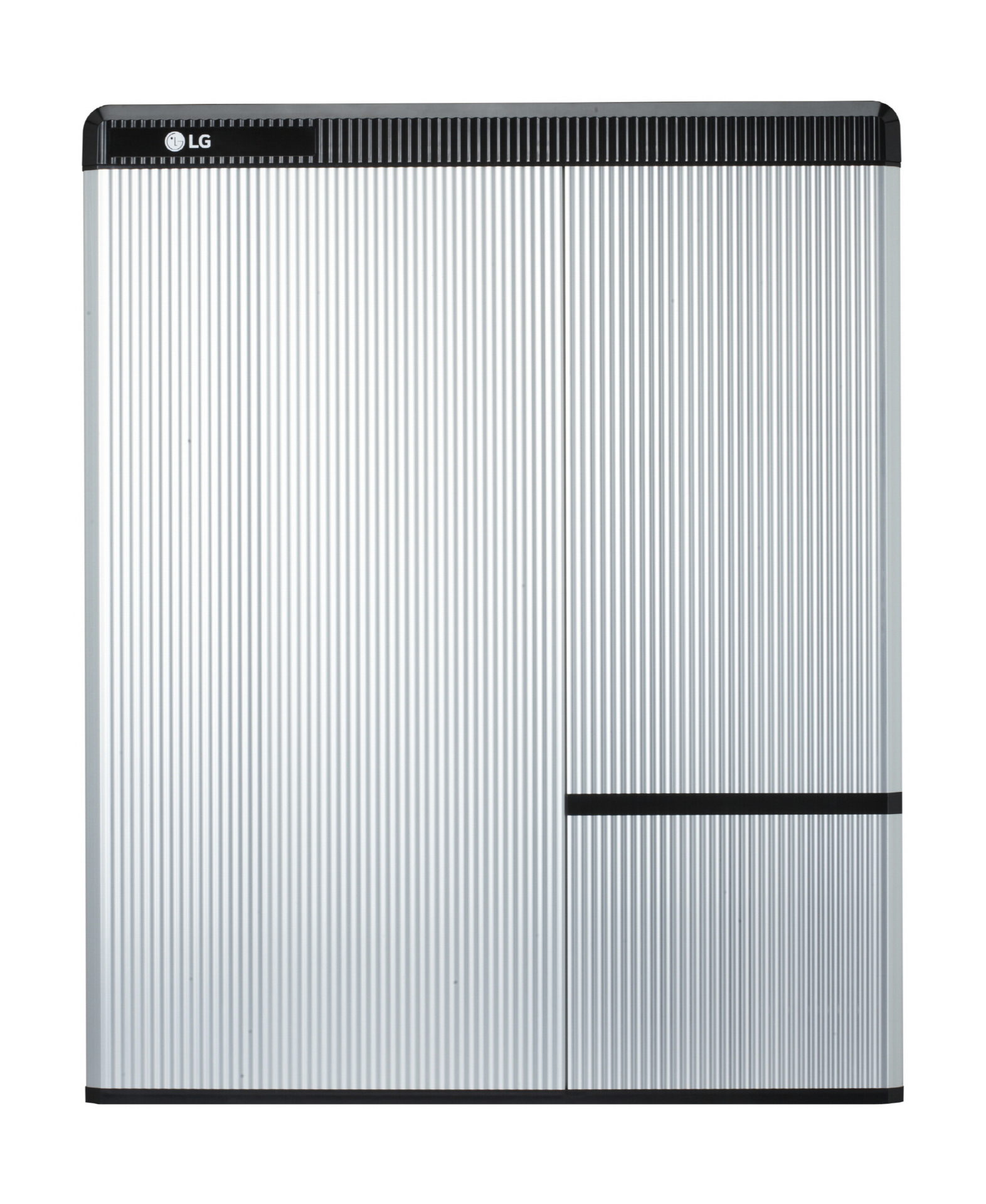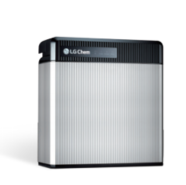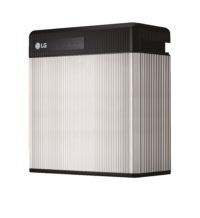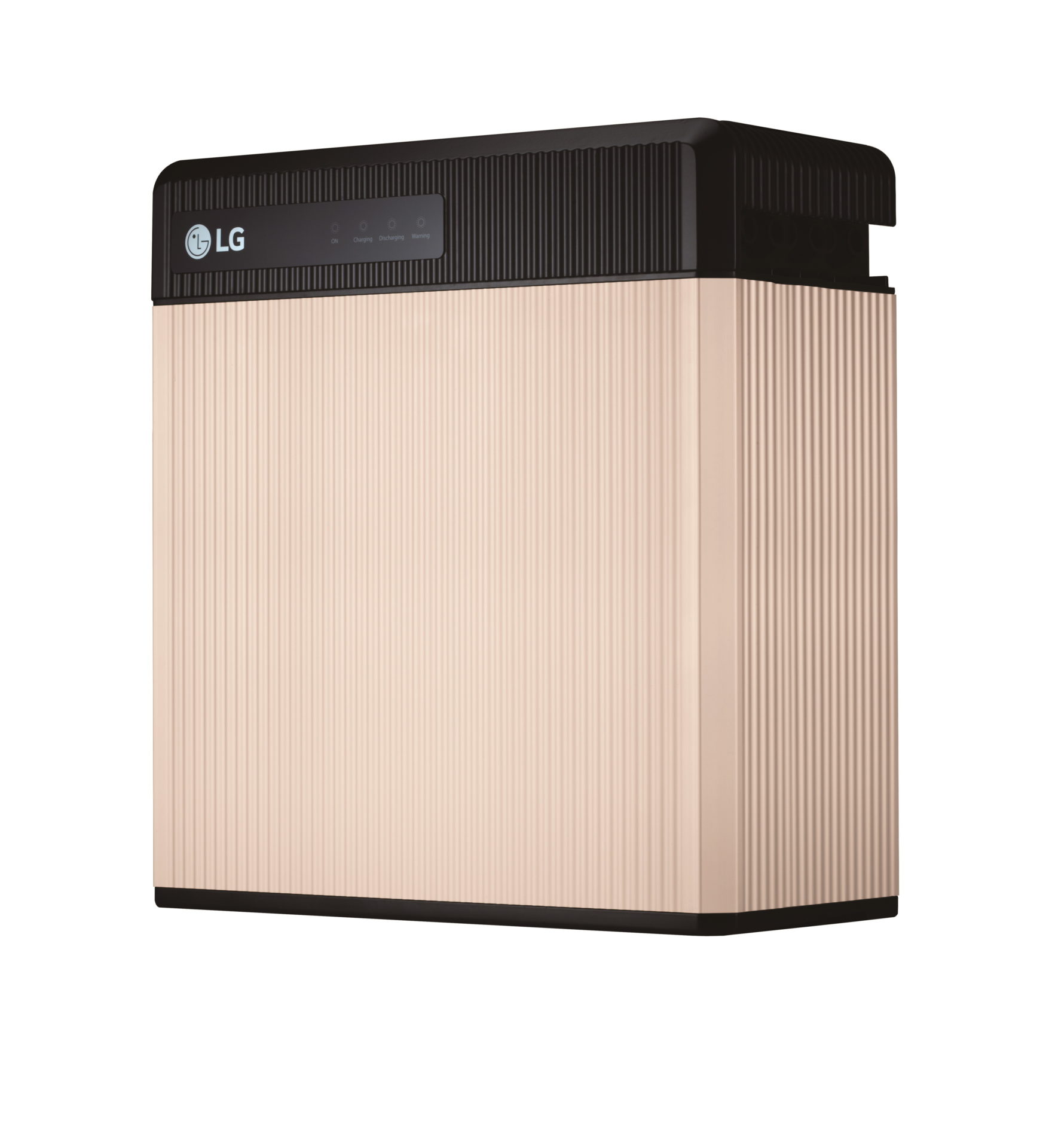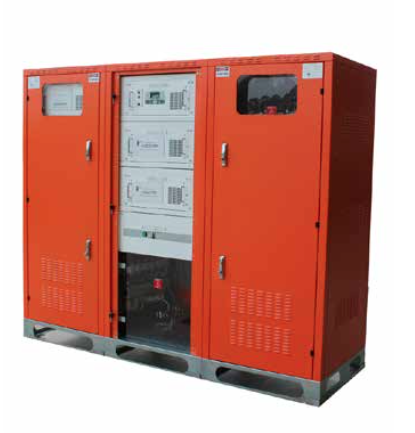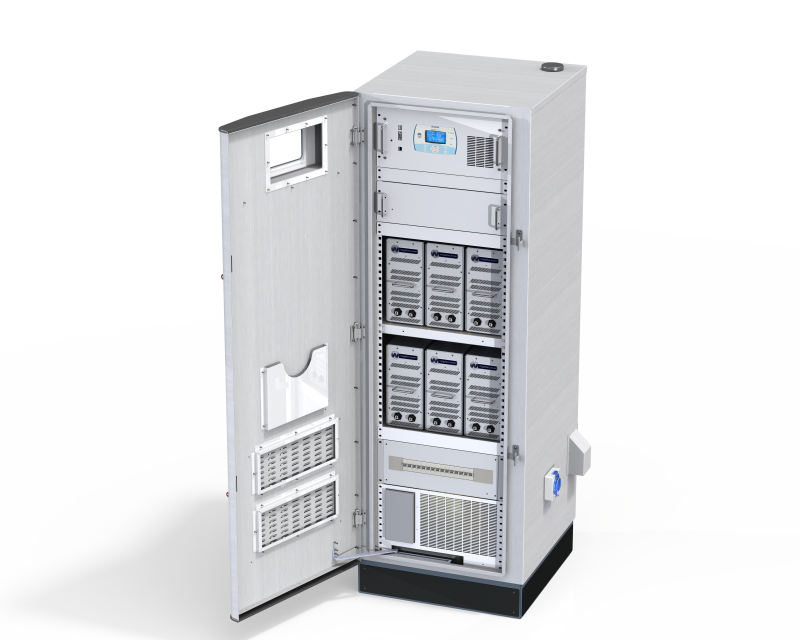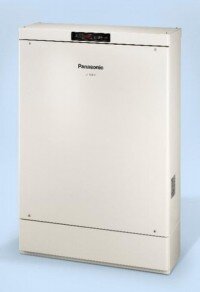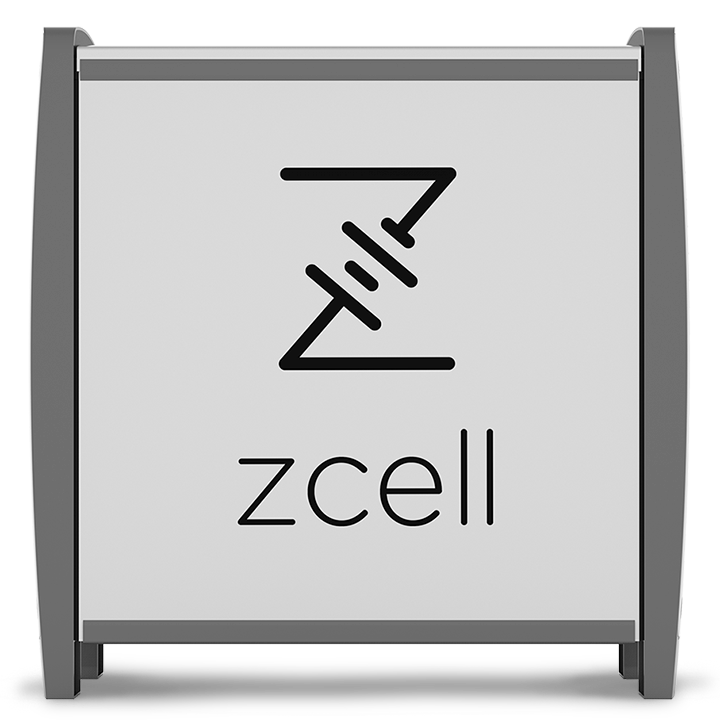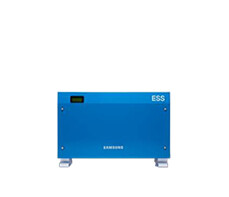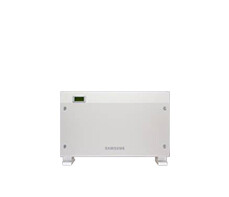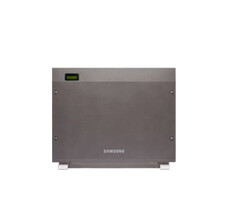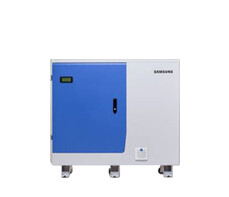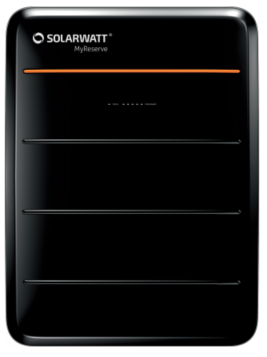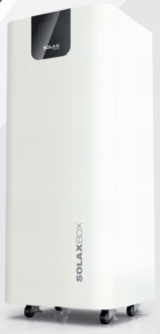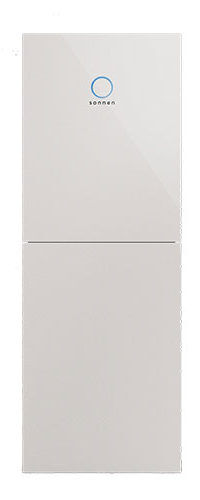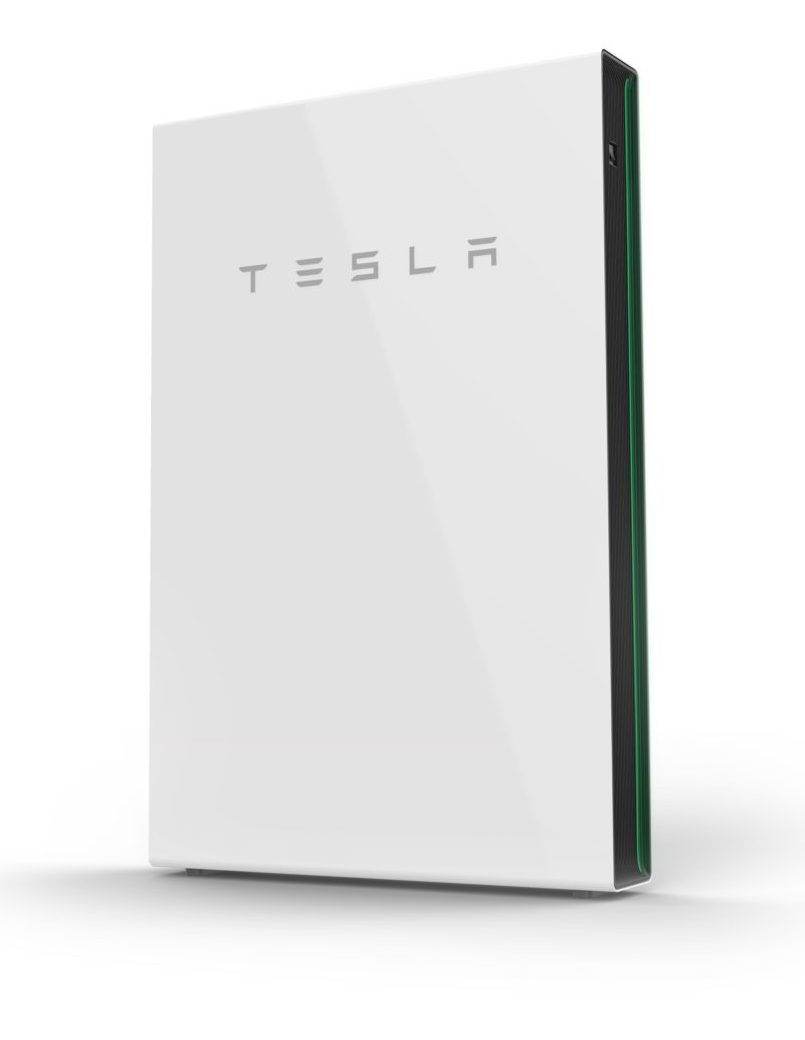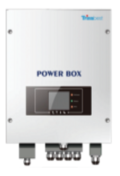As demand for home battery storage has increased in Australia, so has the number of battery storage products available. It can be tricky business navigating the dozens of products currently on offer throughout the country – especially when it comes to deciding which ones can be counted on to last the longest and which ones offer best value for money.
To make the process a bit easier, Solar Choice has put together the Battery Storage Product Lifespan Comparison Tool below. The tool allows you to compare the lifespan and value of up to five battery storage products (you can choose the products from a list). If you’re interested in seeing the whole range of products, just scroll down to see a table that contains the full list of products whose details we’ve entered (you can also sort and filter using the top row of cells).
Notice something missing, incorrect or that could be improved? Please get in touch (jeff@solarchoice.net.au) and we’ll look into adding it.
Compare solar and battery quotes online now.
Comparing Solar Batteries – What factors are important?
Solar batteries are improving dramatically in their chemistry, effectiveness and compatibility. For a consumer, it is therefore important to understand what features and specifications are the most important and will contribute most to their home solar power system.
Battery Life: Cycles vs Energy Throughput
The lifespan of batteries can be notoriously difficult to compare. A battery’s sticker price or its ‘dollar per kilowatt-hour’ ($/kWh) value can be quite misleading at first glance. One of the reasons for this is that battery warranties are not (yet) standardised in the way that solar panel warranties are (the standard performance warranty for panels in Australia is 25 years). Solar battery warranties can typically range from 3 years to 10+ years, depending on the manufacturer and the warranty option. The terms of the warranty will define either a) how many times you can cycle (charge/discharge) the battery, and/or b) the amount of energy you can put through the battery during the warranty period
The first one (a) is known as ‘cycle life’, and is arguably the most confusing specifications that you might come across when perusing battery products. Cycle life refers to the number of times the battery can be charged/discharged over its lifetime, and is usually tied to the product’s warranty. The cycle life for different battery products varies wildly: on the low end, you may see some batteries that are only under warranty for 1,000 cycles, while on the high end there are some with cycle lives over 10,000. If a battery storage product has a 10-year warranty and a cycle life of 7,300, then you can expect to fully charge/discharge the battery twice daily for the full 10 year duration.
Enphase Energy’s AC Battery has a warrantied cycle life of 7,300 cycles.
The second one (b) is referred to as ‘energy throughput‘; we think this is a much more useful specification for ordinary battery shoppers than cycle life (which is a bit technical), mainly because it is more detailed. Why? Because most batteries’ ability to hold a charge degrades with time, which means that one cycle at the beginning of the battery’s life will deliver more energy than a cycle at the end of the battery’s life. An energy throughput figure, on the other hand, tells you the maximum amount of energy (in kWh or megawatt-hours, MWh) that can pass through the battery without voiding its warranty – making it a safe, conservative but concrete number to point to.
Redflow’s ZCell has an energy throughput warranty instead of a cycle life warranty.
Storage Capacity (Nominal vs Usable)
The storage capacity or ‘size’ of the battery is a crucial element to understand. This is the amount of energy the battery can give you in each cycle. You should be focusing here on the ‘usable’ amount energy that is stored in a battery after factoring in the depth of discharge.
For most lithium batteries you will see a depth of discharge around 95%. That means they can discharge 95% of their nominal capacity before shutting down. In other battery technologies you will see different depths of discharge (e.g. lead-acid usually can only discharge to around 50% of their capacity before shutting off). So a 10kWh lithium battery is more valuable that a 10kWh lead-acid battery.
Round Trip Efficiency
This can be thought of as the amount of energy that can be extracted from a battery as a percentage of the amount of input energy it took to store it. For example if your solar power system feeds 1kWh to your solar battery and then when you extract power from your battery you only receive 0.9kWh, there has been a 10% loss of energy through the cycle.
Some loss through this process is inevitable, however battery manufacturers can improve their batteries performance through manages heat and the efficiency and quality of the individual components in the system.
Compatibility aspects
Generally speaking for the average consumer without an electrical or solar background, it will be important to seek the advice of a trustworthy solar installer to find a compatible battery. See some common considerations below, however there are many more that you may run into.
If you have solar installed already, then you will need to check with you have a ‘hybrid’ inverter. A hybrid inverter can send power directly to a battery in DC before it converts it to AC for the house. If you don’t have a hybrid inverter, then you will need to look at a solar battery with an additional inverter or an ‘all-in-one’ system. The Tesla and Sonnen batteries for example come with a built in inverter and can work with AC power.
If you have 3-phase power then your options are significantly limited. You can connect a single phase battery to one of your phases of power, however the battery will not be able to operate during a black-out. Of the notable brands – LG, Alpha ESS and Fronius have 3-phase compatible options.
You will also need to check whether the battery you are considering is off-grid capable. This means it can operate in ‘island-mode’ when the grid-power is down during a black-out. Not all batteries are capable of doing this and often additional hardware is required to enable this functionality.
Compare solar and battery quotes online now.
Notes on our solar battery comparison table:
Not all battery manufacturers provide energy throughput figures in their spec sheets or their warranties (or don’t make their warranty documents generally available), so we took it upon ourselves to calculate it for ourselves, based on other specifications that we could collect from our connections in the industry or through the specification and warranty documents that we could find online. As such, many of the throughput figures appearing in the tool below are estimates made in good faith.
Furthermore, not all battery products have the same storage capacity (also usually listed as a kWh figure – see our explainer here) – which means that a 5kWh battery bank with a warrantied energy throughput of 12MWh (or 12,000kWh) is most likely a better deal than a 7kWh battery bank with the same warranty on energy throughput. This means that for a truly meaningful comparison we need to go one step further and also provide a figure for ‘kWh throughput per kWh of capacity’.
Also keep in mind, some batteries have a warrantied throughput that is so high that it’s unlikely that you would reasonably use it all within the warranty period (e.g. you would have to cycle your battery close to three times daily to take advantage of the full warrantied throughput of Sonnen’s Eco products – something which would be impracticable or impossible given the ordinary household’s energy usage habits. Nevertheless, we think that this higher throughput figure is warranted here as it does provide some indication that the battery will continue to operate beyond its warranty period (although nothing is for certain once the warranty is finished).
Again, if you’re from a battery company and see something amiss or have suggestions, we encourage you to get in touch with us.
About battery pricing & value
Now that we’ve worked out how to compare battery products on a level playing field, we can take a look at their respective prices and value. Provided you’ve got actual pricing details, the most important figures in the calculator below are probably in the ‘levelised cost of storage’ row. The figures that appear there effectively tell you how much you are paying for each kWh of energy moved through the battery over its warrantied lifetime, based on the out-of-pocket cost.
Where available, we’ve pre-entered indicative pricing details (which are for a fully installed system, including inverter where applicable). If we do have a figure, it will automatically appear in the last row when you select the product. where we don’t have this figure, you’ll see the text ‘<–Enter price details’. If you enter the out-of-pocket cost into the ‘Indicative installed system price’ column, the tool will automatically calculate the levelised cost of storage for you.
Battery Product Lifespan Comparison Tool
- Select up to five products from the first column (click the arrow to bring up a pull-down menu). Information will automatically appear in the rest of the columns, such as what type of product it is, plus capacity, throughput & value details (where available).
- Enter price details into the ‘Indicative installed system price’ column. By doing so, the calculator will automatically work out the product’s levelised cost of storage. For some products, the indicative installed price will appear automatically when you choose the product, but you can enter your own figure instead if you have one.
- After you’ve selected all the products that you’d like to include, you can take a screenshot to record the results. Unfortunately at the moment we do not have an automated printing feature, so the next best way to preserve the results for future reference is to either take a screenshot on your computer or to take a photo of the screen using your phone/camera.
- If you run into problems at any time, you can refresh the page to start over.
- Once you’ve finished entering details & comparing products, you can scroll down further to see the full list of products that are currently included in this tool, along with more specifications, information and links.
